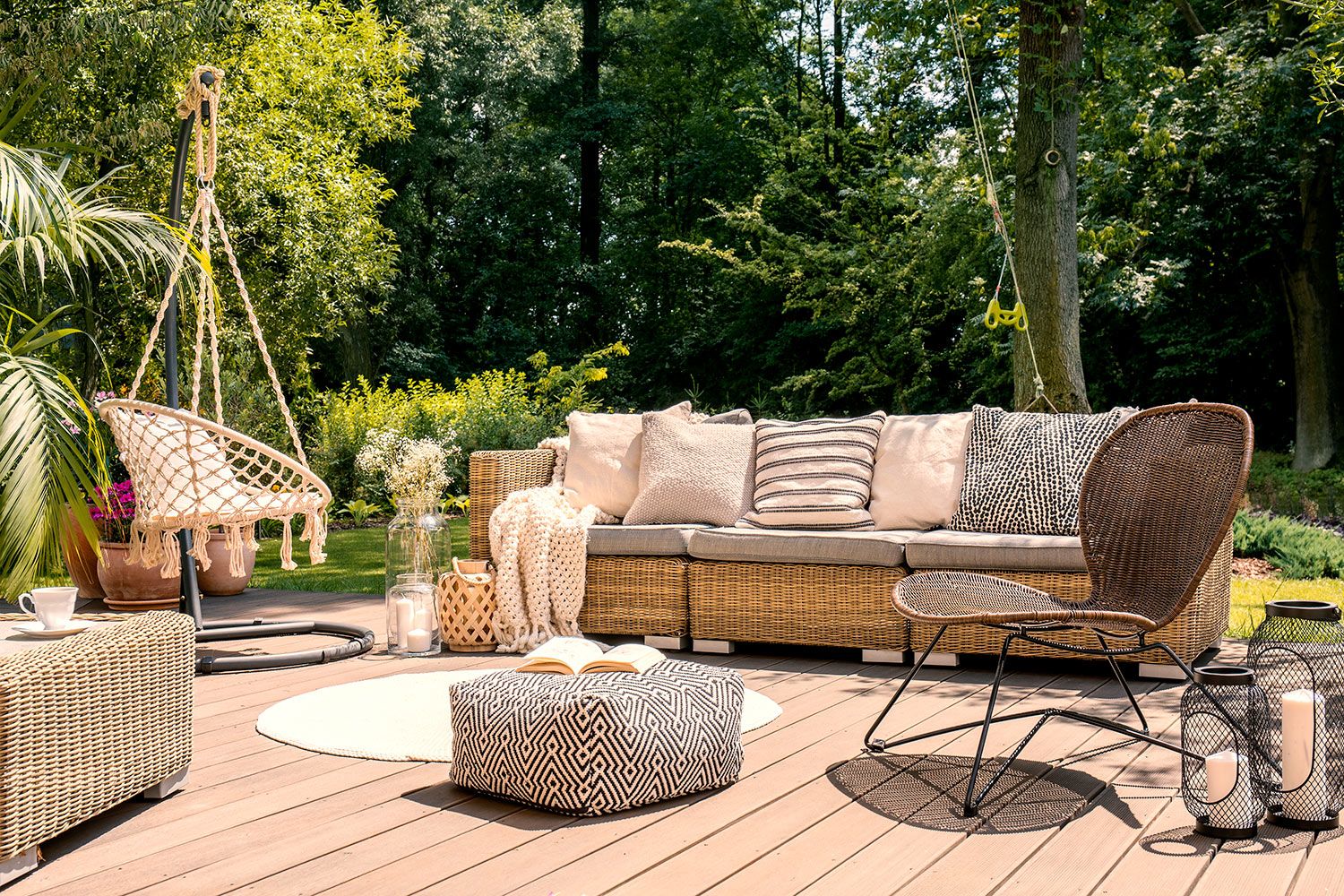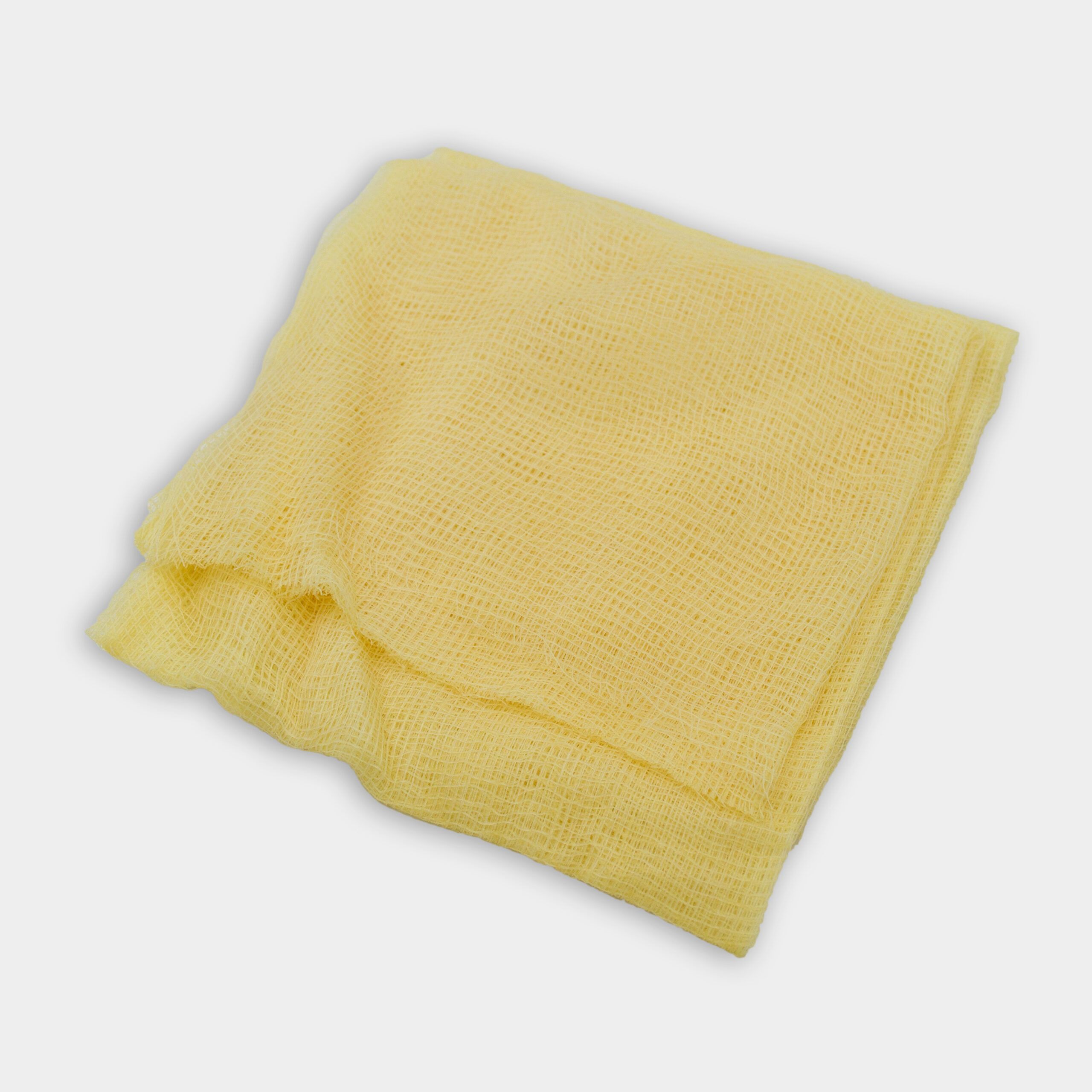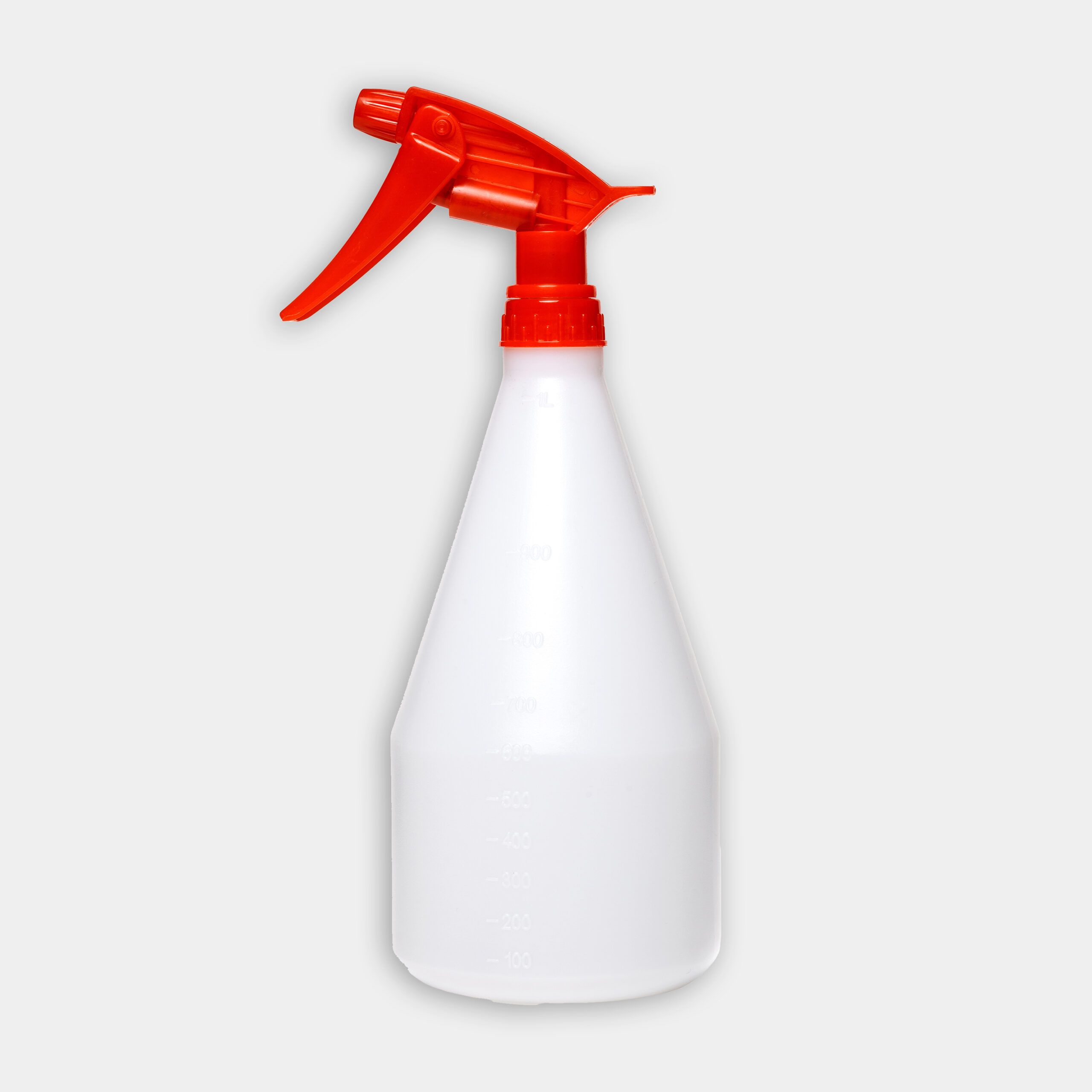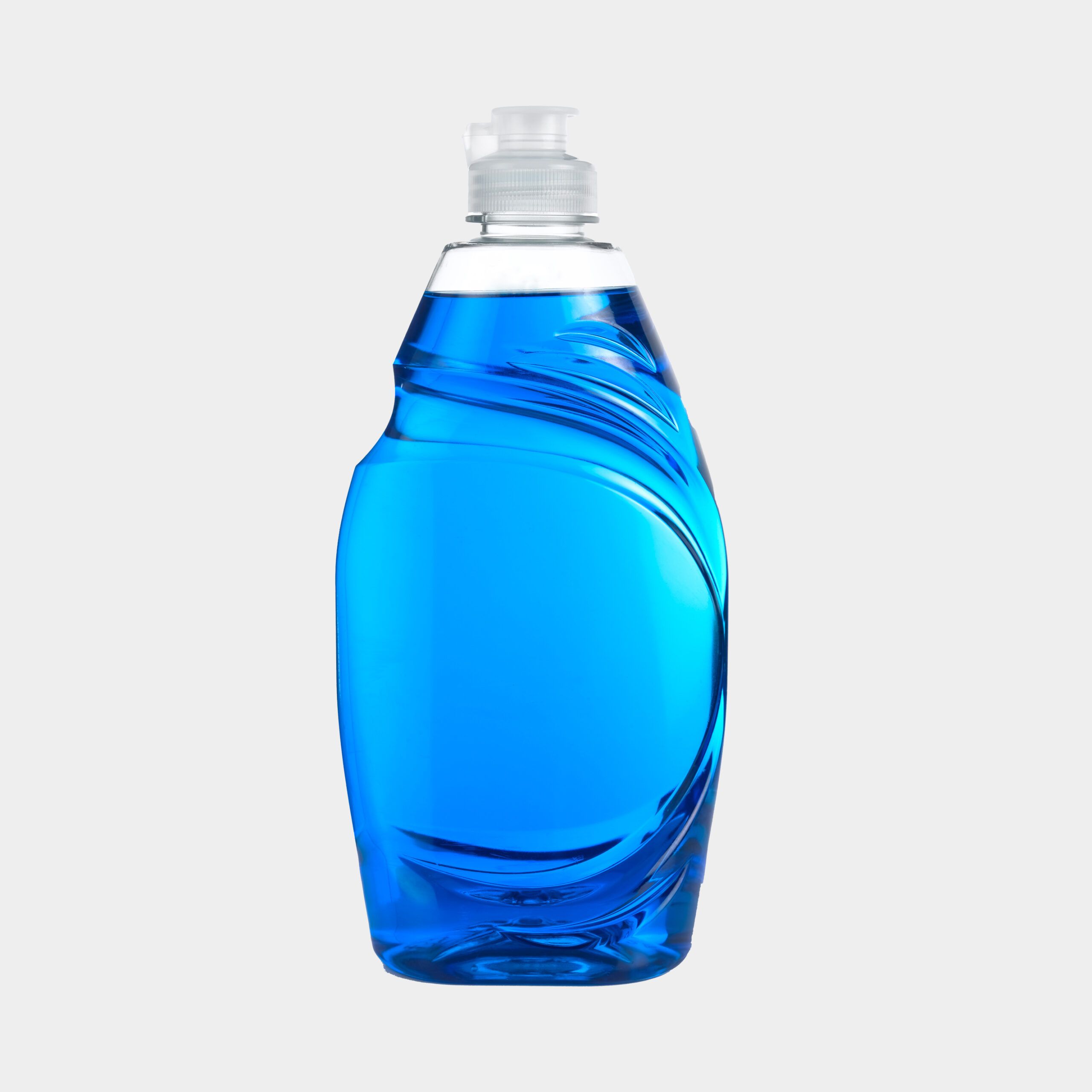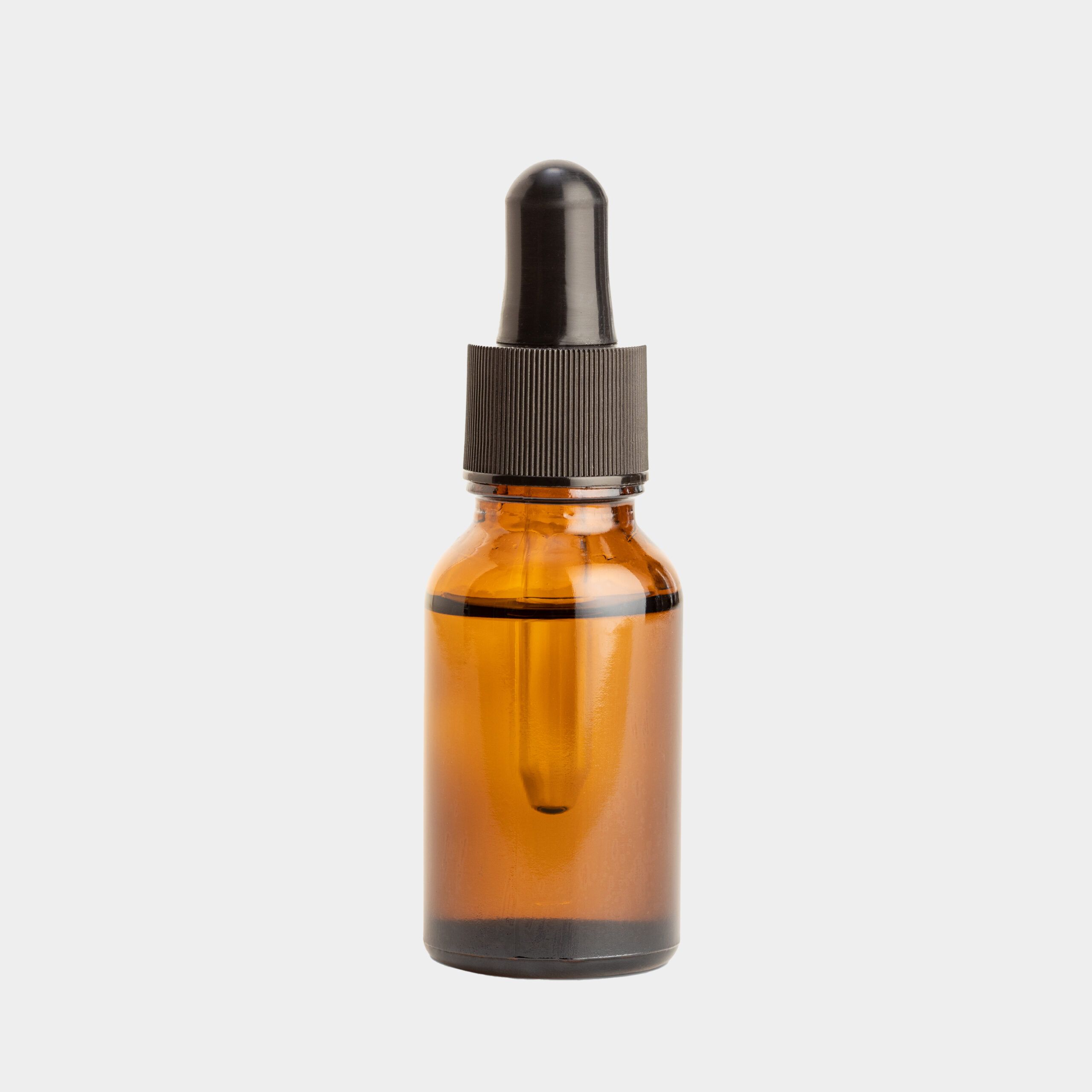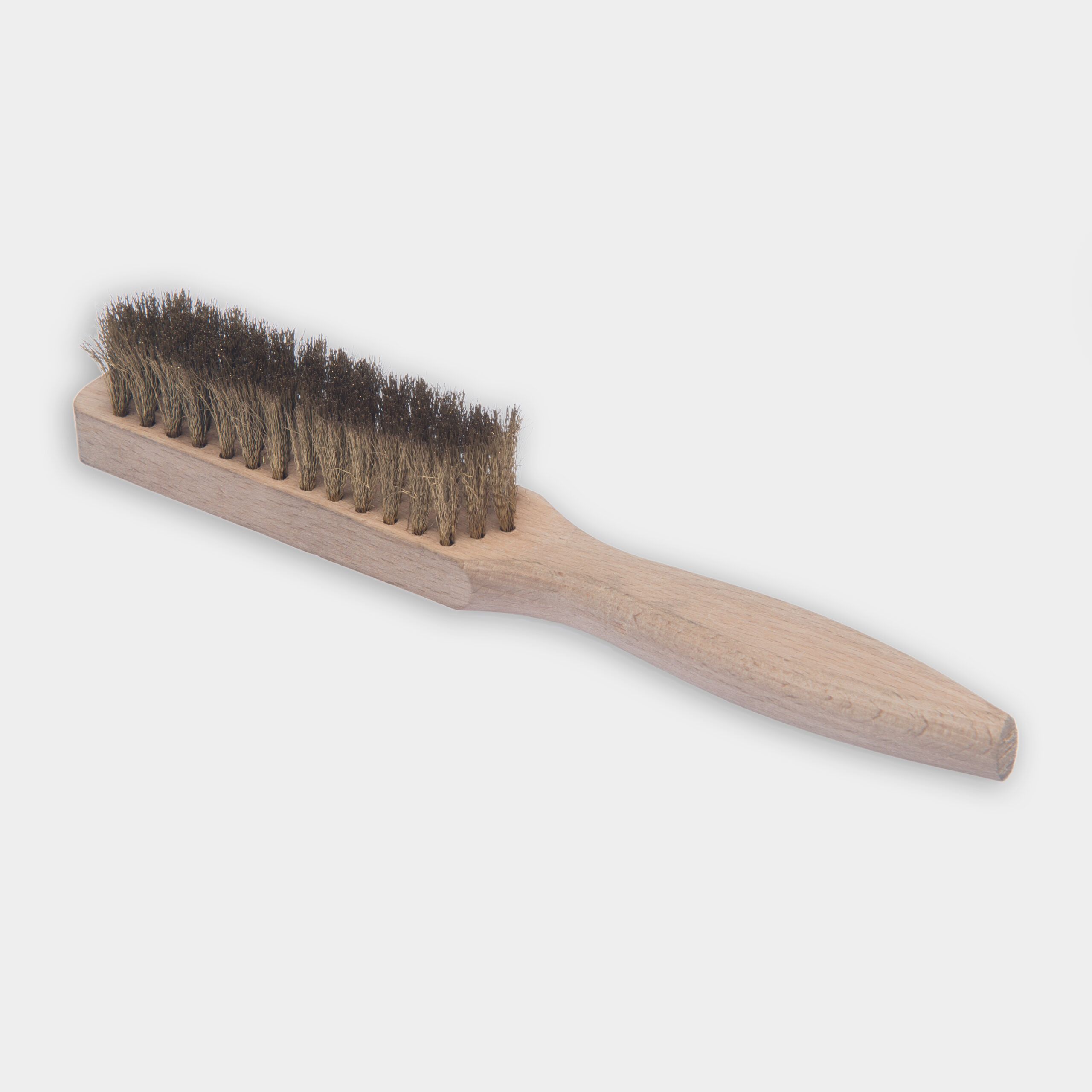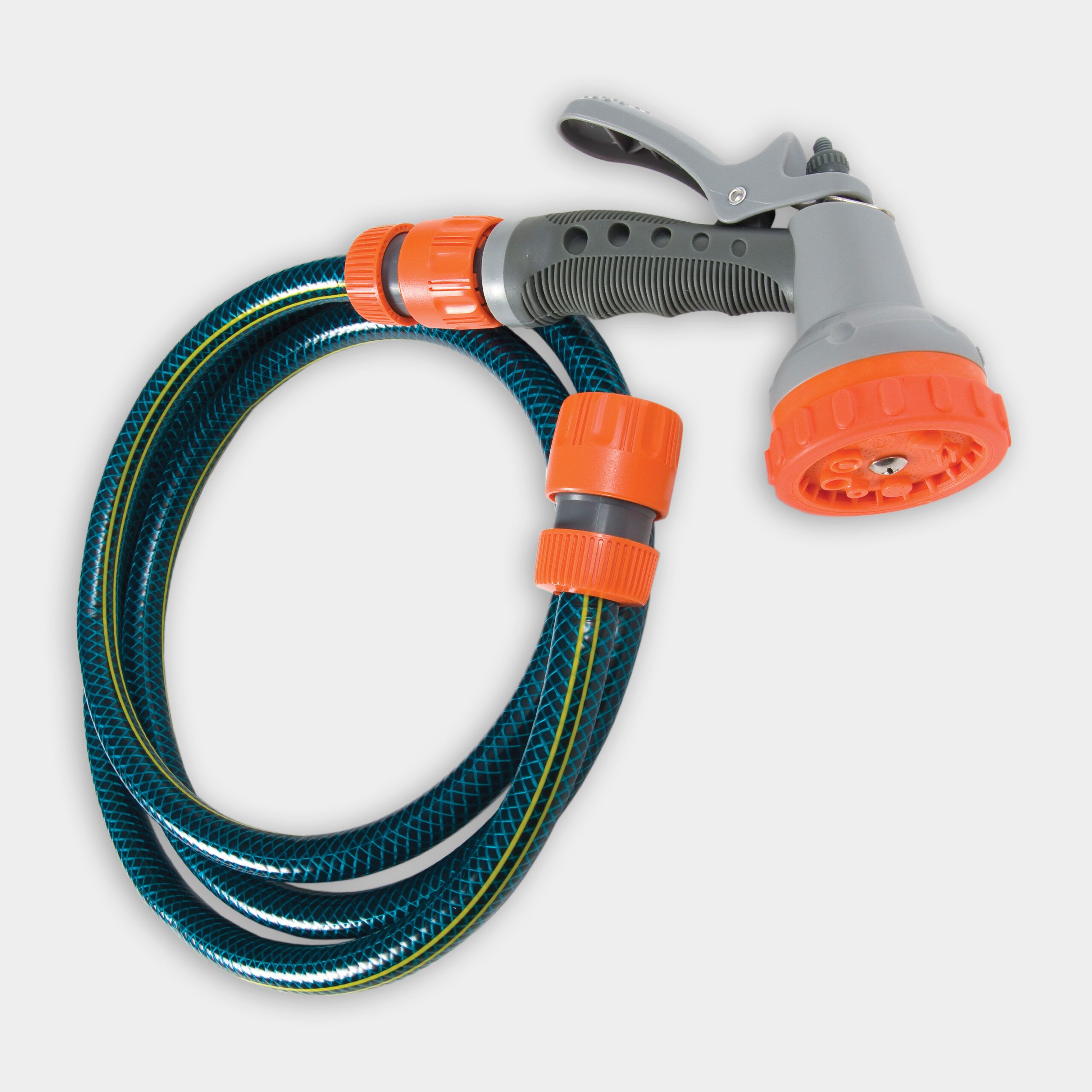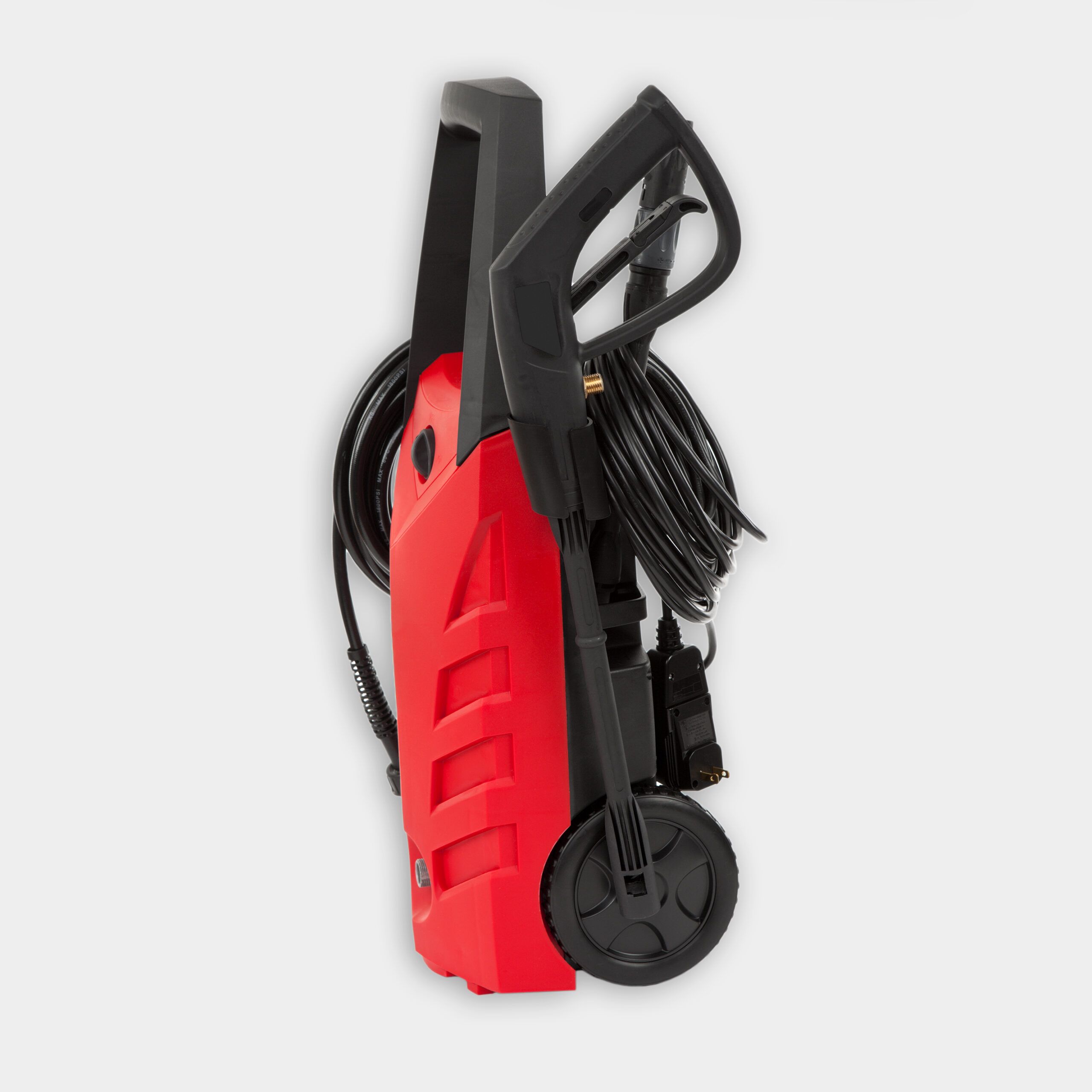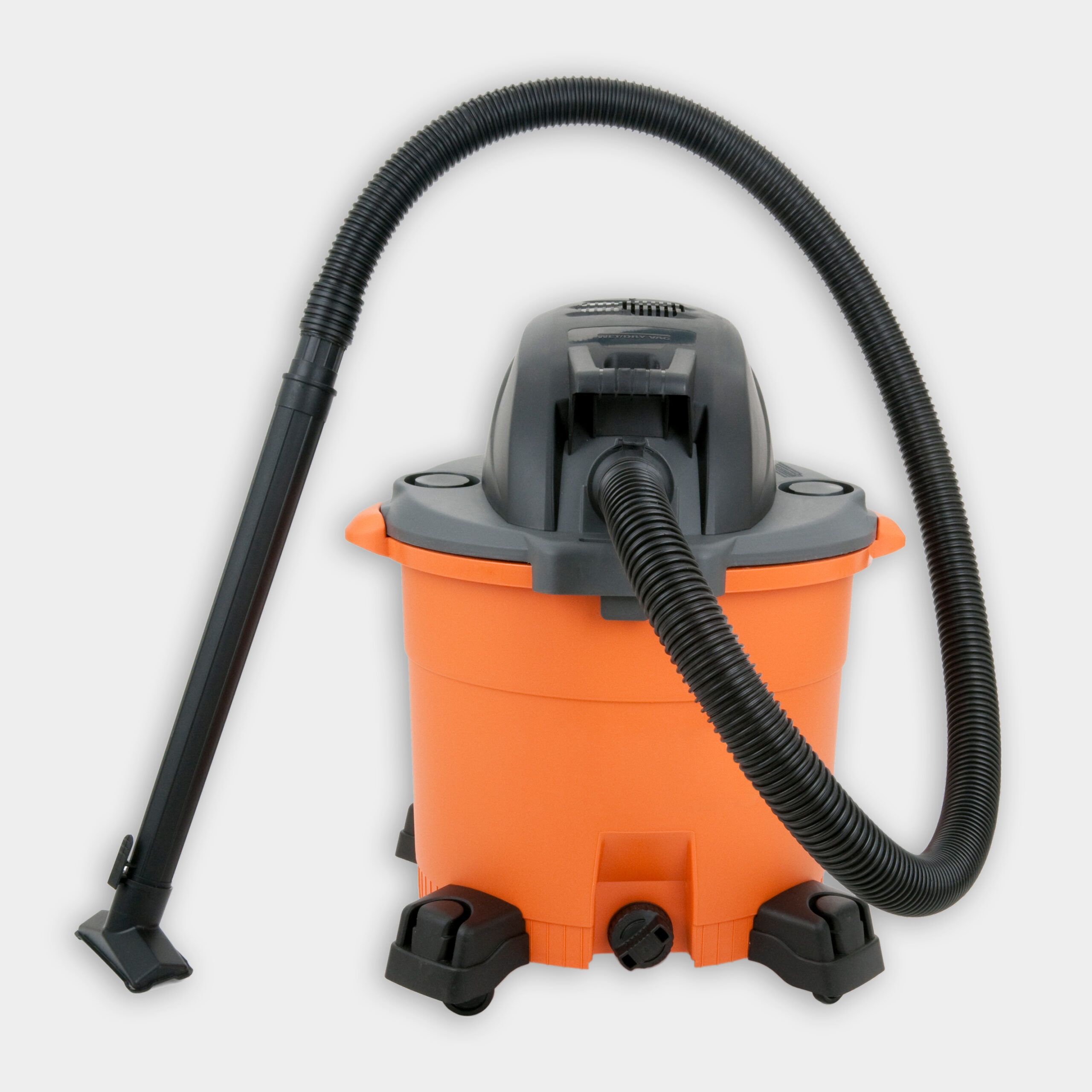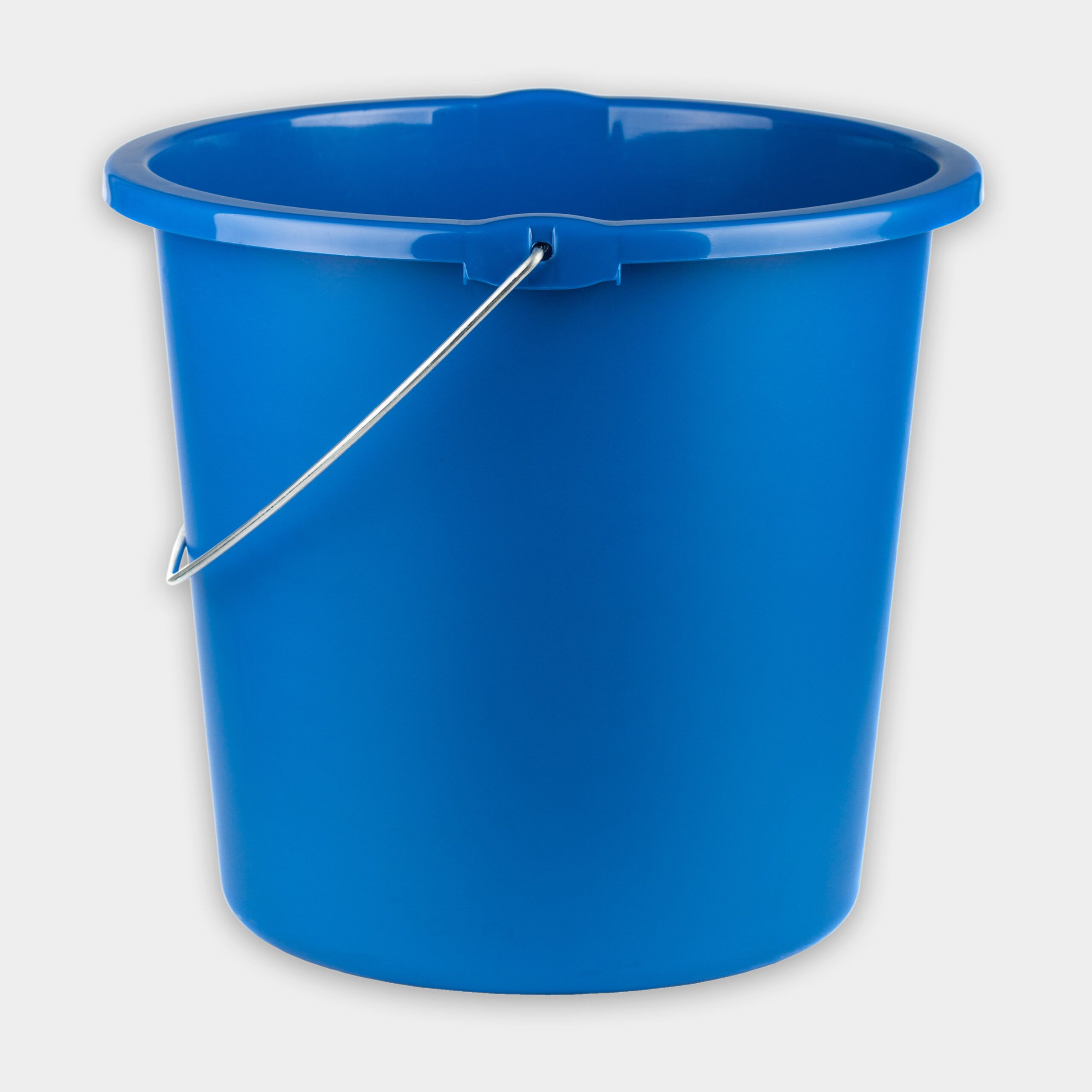Spring and summer bring warm weather and blooming gardens, but they also usher in pollen season. This fine yellow dust settles on everything outside, including your patio furniture. Luckily, removing pollen isn’t difficult. Let’s go over some effective ways to clean pollen from different types of patio furniture so you can enjoy your outdoor space without the yellow haze.
How Does Pollen Affect Your Outdoor Furniture?
Pollen is a fine powder produced by trees, grasses, and weeds for plant reproduction. During peak pollen seasons, it covers your outdoor surfaces with a thin yellow film. This affects the appearance of your patio furniture and can trigger allergies, making your outdoor space less inviting.
Because pollen is sticky, it can cling to various surfaces and is hard to remove. Different furniture materials may need specific cleaning methods to get rid of pollen without causing damage.
What You’ll Need for Pollen Removal
Gather the supplies you need before you start cleaning. These items help you clean different types of patio furniture safely and effectively.
Cleaning Supplies
- Bucket
- Coarse sponge
- Dish soap
- Garden hose
- Microfiber cloths
- Pressure washer (optional, avoid using on wicker)
- Soft-bristled brush
- Spray bottle
- Vacuum cleaner with an upholstery attachment
Protective Gear
- Dust mask (especially important for allergy sufferers)
- Gloves
- Safety glasses
How To Prepare Your Patio Furniture for Cleaning
Before diving into the cleaning process, take some preparatory steps to make your job easier.
Start by gently wiping down the furniture with a dry microfiber cloth. This will remove loose pollen and prevent it from spreading during cleaning. For fabric surfaces, use a vacuum with an upholstery attachment to remove as much pollen as possible.
If possible, remove cushions, fabric covers, and other detachable parts. These pieces often have different cleaning needs than the furniture frame. Set them aside for separate cleaning to make sure you thoroughly remove the pollen from all areas. If the cushions aren’t removable, just avoid scrubbing the surface with a brush or sponge.
How To Clean Pollen Off Wood and Nonporous Surfaces
Different surfaces require specific cleaning approaches. Here’s how to tackle pollen on wood and nonporous materials like plastic and metal.
Dry Cleaning
For light pollen deposits, start with the following dry cleaning methods:
- Wipe down the surface with a microfiber cloth.
- Use a soft-bristled brush for textured surfaces to loosen pollen in crevices.
- Follow up with another wipe-down using a clean microfiber cloth.
Wet Cleaning
For more stubborn pollen, try these methods:
- Mix a solution of warm water and mild dish soap in a spray bottle. If desired, add a few drops of mint, lavender, or lemon essential oil to make the furniture less desirable for insects (though the effect will only be temporary). Don’t add oils if your furniture has fabric.
- Spray the solution on the furniture and let it sit for five minutes.
- Scrub gently with a coarse sponge or soft-bristled brush.
- Rinse thoroughly with a garden hose.
- Dry the furniture with a clean microfiber cloth to prevent water spots.
For materials that can handle it, you can use a pressure washer on a low setting. Avoid using it on wicker or delicate wood.
How To Remove Pollen Stains From Outdoor Fabrics and Cushions
Fabric surfaces need special care to remove pollen without harming the material.
Vacuuming and Brushing
Start by vacuuming the fabric with an upholstery attachment. Use the crevice tool to clean seams and edges. Gently brush the fabric with a soft-bristled brush to loosen any remaining pollen.
Deep Cleaning
For set-in pollen stains, do the following:
- Mix a solution of warm water and mild dish soap in a bucket.
- Dip a clean microfiber cloth into the solution and gently scrub the fabric.
- Use a toothbrush for stubborn areas or on seams.
- Rinse thoroughly with clean water.
- Let the fabric air dry completely before reattaching it to the furniture.
How To Clean Wicker Furniture
Wicker furniture needs gentle handling. We recommend this process:
- Use a soft-bristled brush to remove loose pollen from crevices.
- Wipe down with a damp microfiber cloth.
- For stubborn pollen, use a mild soap solution and a soft brush.
- Rinse gently with a low-pressure hose.
- Allow to air dry completely to prevent mold growth.
Removing Pollen From Metal Surfaces
Metal furniture is often easier to clean using the following steps:
- Wipe down with a damp microfiber cloth.
- For stubborn pollen, use a mild soap solution and a soft sponge.
- Rinse thoroughly and dry to prevent water spots.
You can also apply a metal polish after cleaning to further protect the surface.
Tips for Preventing Pollen Build-Up on Patio Furniture
Taking steps to prevent pollen from settling on your furniture can reduce the need for frequent deep cleaning and keep your patio furniture looking fresh:
- Use furniture covers when the furniture isn’t in use.
- Store cushions and fabric items indoors during high pollen seasons.
- Keep smaller furniture pieces in a shed or garage during peak pollen times.
Advanced Techniques for Stubborn Pollen Stains
For particularly tough pollen stains, you can create a paste using baking soda and water. Apply the paste to the stain and let sit for 15–20 minutes, then gently scrub with a soft brush. Rinse thoroughly and let the piece dry.
For fabric stains, commercial fabric cleaners designed for outdoor use are available. Always follow the manufacturer’s instructions carefully.
Using Enzyme Cleaners
Enzyme cleaners can be very effective for breaking down pollen. These cleaners contain natural enzymes that digest pollen, making it easier to remove.
Here’s how to use an enzyme cleaner formulated for outdoor fabrics and surfaces:
- Spray or apply the cleaner directly to the pollen stain.
- Follow the instructions regarding the time needed for the enzymes to work.
- Wipe clean with a microfiber cloth and rinse the area as directed.
When To Seek Professional Cleaning Services
You can clean most pollen at home, but there are times when professional help might be necessary. Professionals provide specialized care to keep your furniture in top condition. We recommend bringing in a pro in these situations:
- For expensive or antique furniture pieces
- If you have severe pollen allergies
- When dealing with large-scale pollen accumulation
- If you notice mold or mildew along with pollen stains
